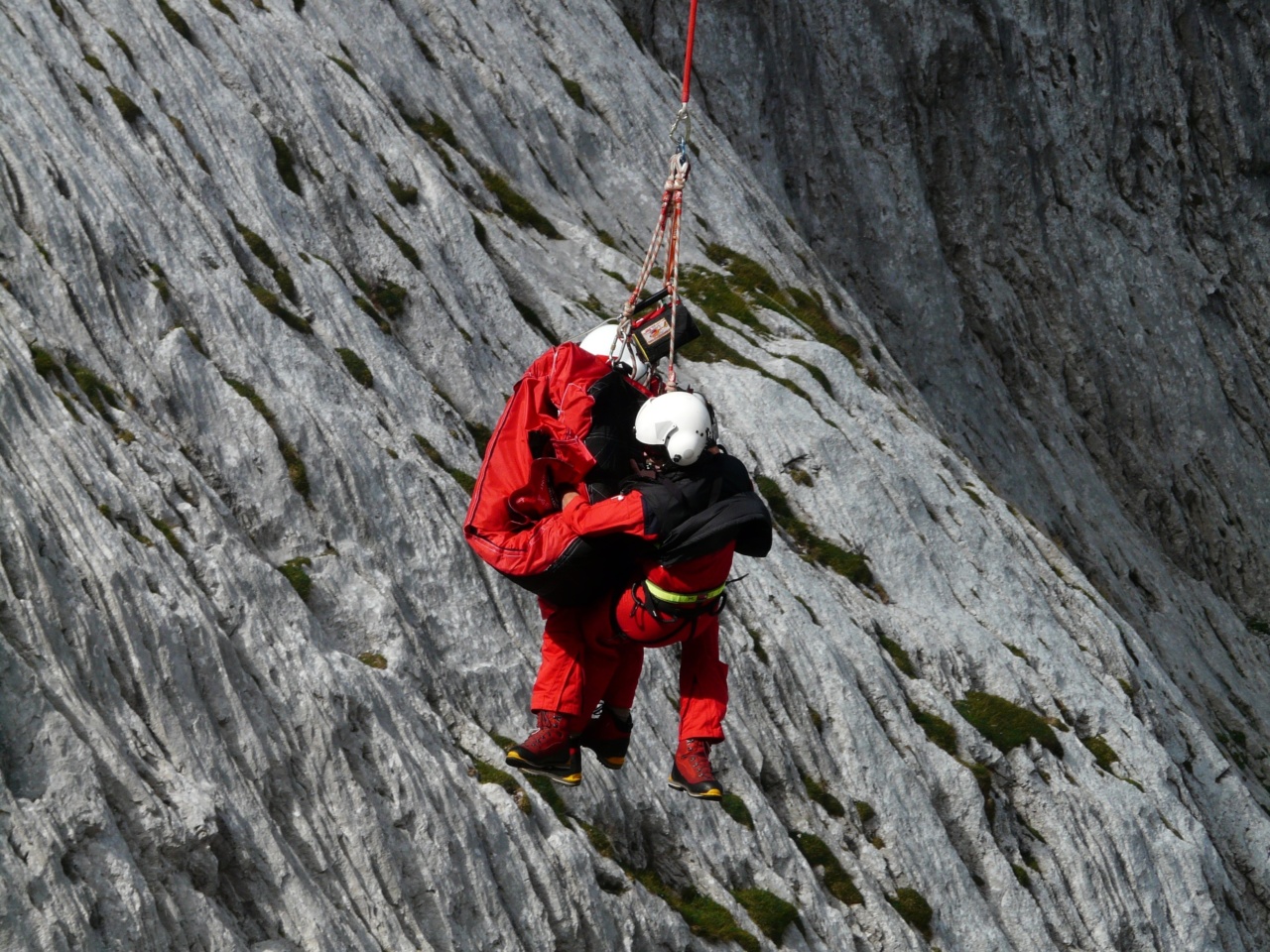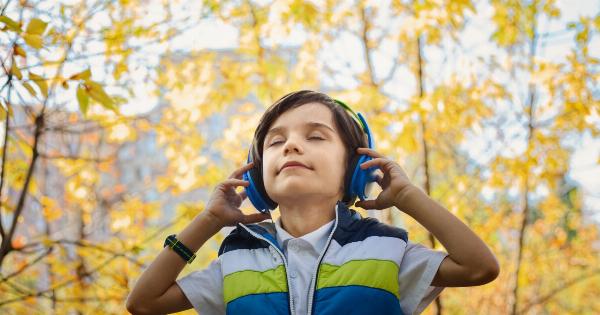Waterfalls are fascinating natural scenery that captures our attention. They are majestic, beautiful, and dangerous at the same time. Unfortunately, waterfall accidents often occur to children and young people, resulting in severe injuries or death.
Understanding risk factors that contribute to waterfall accidents in early age is essential for parents, caregivers, visitors, and authorities to prevent tragic outcomes. In this article, we will examine the most significant risk factors associated with early age and waterfall accidents.
Waterfall accidents and their implications
Waterfall accidents are prevalent globally, and they affect both locals and tourists. They may occur because of a slip, a fall, a misstep, or a careless behavior.
The risks associated with waterfall accidents are significant and can result in severe injuries or death. Some of the most common injuries include fractures, head trauma, drowning, hypothermia, and electrocution.
The implications of a waterfall accident can be devastating and long-lasting, affecting not only the victim but also their family, friends, and community.
The role of early age in waterfall accidents
According to research, children and young people are at higher risk of waterfall accidents than adults. The reasons for this are multifaceted and relate to their behavior, anatomy, and development.
Children, for example, are more likely to engage in adventurous activities, ignore warning signs, and misjudge distances and heights. Their anatomy, on the other hand, is not fully developed, which means that they may have difficulties with balance, coordination, and strength.
Often, young people do not have enough experience or knowledge to anticipate and avoid potential hazards in a waterfall environment.
The impact of gender on waterfall accidents
Studies suggest that gender may be a contributing factor to waterfall accidents. Specifically, male children and adolescents are more likely to experience waterfall accidents than females.
The reasons for this gender discrepancy are not entirely understood, but some theories propose that male children are more prone to risky behaviors, overestimate their abilities, and tend to be more impulsive than females. Additionally, gender differences in anatomy and physical development may affect the way children interact with the waterfall environment.
Environmental and situational factors in waterfall accidents
The environmental and situational factors play a crucial role in waterfall accidents, and their identification is critical for prevention.
Some of the most common factors associated with waterfall accidents in early age include slippery surfaces, unstable terrain, rapid water flow, hidden undercuts, lack of safety barriers, and inadequate supervision. These environmental and situational factors are more likely to occur in natural waterfall settings, such as rivers, creeks, waterfalls in parks, and other open-space areas, rather than man-made waterfalls or indoor pools.
The importance of adequate supervision
Supervision is a critical factor in preventing waterfall accidents in early age. Parents, caregivers, or other responsible adults should always supervise children and young people in waterfall settings.
Adequate supervision requires attention to the environment, awareness of potential hazards, and the ability to intervene and redirect unsafe behavior. Moreover, supervision should occur on an ongoing basis, meaning that responsible adults should not leave children unsupervised, even for a short time.
The benefits of education
Education is essential in preventing waterfall accidents. By educating children and young people about potential hazards, safe behaviors, and risks associated with waterfall environments, we may reduce the likelihood of accidents.
Education should focus on age-appropriate materials, interactive approaches, and hands-on activities. Moreover, educational materials should be available to children and their families, visitors, and authorities.
First aid and emergency preparedness
First aid and emergency preparedness skills are critical in case of a waterfall accident. Every responsible adult and caregiver should know how to perform basic first aid, such as CPR, wound treatment, and hypothermia prevention.
Moreover, emergency preparedness should include informing authorities, having access to communication devices, and knowing the location of the nearest emergency medical services.
The importance of responsible tourism
Waterfalls are often popular tourist attractions, and their beauty attracts visitors from all over the world. Responsible tourism is essential in preserving the natural environment, ensuring visitor safety, and preventing accidents.
Visitors should always respect warning signs, avoid risky behaviors, and follow local regulations and guidelines. Responsible tourism may also include supporting local communities and conservation efforts.
The role of authorities
Authorities play a crucial role in preventing waterfall accidents in early age.
Their responsibilities may involve setting up safety barriers, installing warning signs, regulating visitor access, providing education materials, and enforcing regulations and guidelines. Moreover, authorities should work closely with local communities, tourism companies, and emergency services to ensure a safe and pleasant experience for everyone.
Conclusion
Early age and waterfall accidents are a concerning issue globally.
To prevent such accidents, we need to understand the most significant risk factors, including the role of early age, gender, environmental and situational factors, adequate supervision, education, first aid and emergency preparedness, responsible tourism, and the role of authorities. By promoting safe behaviors and respecting the natural environment, we can ensure a safe and enjoyable experience for everyone.





























